Accessibility First: How Weightless Comfort with Flit Lift and GraviPro Opens VR to More Users
Comfort is the quiet accessibility feature that either keeps people in a virtual world or forces them out. When a headset feels heavy after twenty minutes, the experience stops being immersive and starts being a physical test. Flit Lift, powered by GraviPro’s dynamic lifting system, reframes that problem: instead of forcing users to adapt to the headset, the hardware adapts to them. The result is longer sessions, steadier visuals, and a broader audience who can meaningfully use VR—especially with devices like Vision Pro that demand sustained attention. ⏱️ 11-min read
This article walks engineers, designers, accessibility advocates, and retailers through why weightless comfort matters, how Flit Lift and GraviPro work together, who benefits most, and what to consider when integrating, designing, and deploying the system. Expect concrete setup steps, firmware and API guidance, real-world pilot data, and a practical buying checklist so you can evaluate the ecosystem for clinics, classrooms, retail demos, or consumer markets.
The Value of Weightless Comfort for Accessibility
Accessibility in VR isn’t only about captions and voice control—it's physical. If a headset creates neck or upper-back fatigue, sessions are shortened, tasks become harder, and some users are simply excluded. Weightless comfort reframes accessibility as ergonomics: by redistributing load, Flit Lift reduces the torque applied to the cervical spine and upper trapezius, transforming fatigue-limited visits into sustained, productive time in VR.
The benefits are both qualitative and measurable. Users report fewer interruptions, steadier tracking, and smoother interactions during lengthy training modules or creative collaboration. In practice, less neck strain means a clinician can run a 45-minute rehabilitation exercise with a patient who previously could only tolerate 15 minutes; an older adult can explore a virtual gallery without constant breaks; a game streamer can finish a competitive round without the headset sliding forward. These are not marginal gains—weight redistribution directly expands who can participate and for how long.
Vision Pro and similar headsets, which are often bulkier because of optics and sensors, benefit especially from a system that treats the headset as a balance problem. When the load is shared across torso and shoulders instead of concentrated at the temples and crown, the headset remains aligned longer and visual stability improves. For accessibility advocates, that closure of the physical gap is as important as software-side improvements.
How Flit Lift and GraviPro Work Together
Flit Lift approaches comfort by turning the headset into a balanced system rather than a top-heavy object. The mechanical principle is straightforward: move the center of mass and introduce controlled counterbalance so the head-to-torso interface no longer has to fight gravity alone. GraviPro is the control layer—an adjustable, gravity-assisted system that tailors the lift profile to the user, activity, and headset.
Mechanically, Flit Lift uses a harness that routes weight through the shoulders and upper back, combined with small counterweights or spring-assisted arms that neutralize forward torque. The harness provides multiple attachment points to achieve balanced pressure distribution; padding at contact zones prevents hotspots. GraviPro sits at the junction: sensors, actuators, and firmware continuously recalibrate support as the user moves, offering profiles that bias comfort, stability, or mobility depending on the scenario.
Where many passive systems sacrifice natural movement for stability, GraviPro’s calibrated assistance aims to preserve range-of-motion. The system reduces abrupt shifts that can confuse inside-out tracking by keeping the headset more stably oriented without locking the neck. For example, in a flight simulator drill where pilots make frequent, precise tilts, GraviPro reduces micro-shifts that otherwise produce jitter in the viewport; in a guided therapy session, the system can increase support to maintain head alignment for specific exercises.
Safety is built into the hardware and firmware: fail-safes prevent over-tensioning, quick-release mechanisms allow fast removal, and motion limits reduce the risk of pinching or awkward leverage. The integration of mechanical balance and real-time adjustment is what makes Flit Lift + GraviPro feel like a natural extension of the body rather than an added burden.
Who Stands to Gain Most
The shift to weightless comfort widens the audience for VR in predictable and surprising ways. Primary beneficiaries include long-session gamers and professionals, users with neck or back discomfort, first-time VR entrants, and institutional deployments where consistent comfort matters—clinics, classrooms, and training facilities.
Long-session gamers and creators: Competitive players, streamers, and 3D artists often wear headsets for extended blocks. A balanced harness reduces micro-adjustments and the “slumped forward” posture that causes visual misalignment and input errors. Imagine a streamer finishing a two-hour raid with steady eye-line and no neck pain; that endurance has clear commercial value.
Users with chronic pain or limited strength: For people with mild to moderate neck or shoulder conditions, even short VR sessions can be uncomfortable. Flit Lift reduces the peak load on the cervical spine, making rehabilitation sessions, guided meditations, or social VR possible without frequent breaks. In rehabilitation contexts, clinicians reported longer practice intervals and fewer manual adjustments, which improves throughput and patient confidence.
First-time adopters and older adults: Initial discomfort is one of the top reasons people abandon VR early. A predictable, light-feeling headset minimizes disorientation and dizziness during onboarding, making demos and guided introductions more effective. For retail and public exhibits, a system that keeps users comfortable increases trial-to-purchase conversion and reduces staff time spent on manual refitting.
Training and enterprise markets: Industries that depend on sustained, high-concentration sessions—aviation, medicine, industrial training—see tangible benefits. Shorter recovery between drills, steadier gaze for fidelity-critical tasks, and fewer interruptions mean better learning retention and more efficient use of simulator time. In short, weightless comfort changes who can participate and how effectively they learn.
Developers and OEMs: Integrating GraviPro
GraviPro is designed for adoption by developers and OEMs with practical hooks rather than a black-box add-on. The goal is to let software teams influence comfort parameters and hardware teams implement safe, compatible mounts. Integration focuses on three areas: APIs and SDKs, hardware guidance, and certification paths.
APIs and SDK hooks: GraviPro exposes real-time endpoints for adjusting lift profiles, reading sensor states, and scripting session flows. Developers can create per-user presets, map weight changes to in-app events (for example, increase stability during precise aiming), and include calibration prompts at onboarding. The developer portal includes sample code and cross-platform wrappers to accelerate integration and a safety library for guardrails that prevent overcorrection during motion.
Hardware integration guidance: Mounting patterns and cable routing instructions minimize occlusion of headset sensors. The documentation gives power-budgeting recommendations so that GraviPro units maintain support for long sessions without exceeding thermal limits. Engineers should prioritize passive cooling and strategic venting on units near the head to avoid heat transfer, and apply EMI shielding guidance if additional electronics are close to the headset’s sensors.
Certification and testing: GraviPro’s phased certification assesses safety, tracking compatibility, and reliability. OEMs can run conformance checks—pinch testing, load distribution mapping, and electromagnetic compatibility—before shipping. For production lines, recommended tests include repeated release-cycle checks, strap tensile tests, and firmware integrity checks to ensure updates don’t alter safety behaviors. Measurable outcomes developers should track include session length, recalibration frequency, and reported discomfort incidents; these metrics tie integration work to user-facing improvements.
Design Considerations: Ergonomics, Fit, and Safety
Ergonomics must be treated as a systems problem: harness geometry, padding materials, micro-adjustments, and safety features work together to create a truly wearable experience. Designers should think about contact distribution, adjustability for varied head sizes, and long-term hygiene and durability.
Adjustable harness and counterweight strategy: The harness needs multiple attachment points, a light back-strap to shift load away from the temples, and counterweight placement that compensates for heavy optics without creating new pressure points. Designers should prototype with common head shapes and include micro-adjustments—small increments for strap tension, padding thickness, and temple-clamp pressure—so users can fine-tune fit without removing the headset.
Padding and materials: Use breathable, antimicrobial foams and fabrics that wick moisture and conform to facial contours. Removable, washable pads extend product life and maintain hygiene in shared environments. Anti-slip surfaces keep the headset stable during quick motions, while gentle compression distributes pressure to avoid hotspots on the cheekbones and crown.
Safety standards and mechanical safeguards: Include quick-release buckles, motion limits on actuators, and pinch guards where straps pass through hardware. Thermal isolation for any electronics prevents heat from reaching skin-contact areas, and design reviews should include pinch/finger entrapment tests and emergency-release procedures. For public deployments, easy-to-clean surfaces without nooks are essential to maintain both hygiene and user confidence.
Setup, Maintenance, and Troubleshooting
A predictable, repeatable setup routine is essential for consistent weightless comfort. The process should be quick enough for retail demos yet thorough enough for clinical use. Below is a practical, step-by-step workflow followed by maintenance priorities and common troubleshooting steps.
- Check compatibility: Confirm firmware versions, mounting adapter presence, and headset model—Vision Pro or other supported devices. Verify ports and physical mounting clearance before attempting attachment.
- Attach Flit Lift: Mount the harness to the headset frame or adapter, ensuring straps route along intended channels. Fasten the back-strap and adjust until the harness feels snug but not constrictive.
- Connect GraviPro: Secure the central GraviPro unit to the harness, route cables away from sensors and moving joints, and power on following the sequence to avoid firmware conflicts.
- Run baseline calibration: Use the guided calibration to capture weight distribution. The routine measures front-back and side-to-side balance and suggests initial strap and counterweight settings.
- Save profiles: Store 2–3 profiles (e.g., Demo, Therapy, Gaming) so you can reload a configuration quickly depending on the session type.
- Validation tests: Perform standard head turns, nods, and reach movements to check tracking stability and comfort thresholds. Adjust micro-settings if needed.
Maintenance schedule:
- Weekly: Wipe removable pads with mild disinfectant; inspect straps and fasteners for fraying.
- Monthly: Run a firmware health check and battery-cycle test; replace pads showing compression wear.
- Annually: Full hardware inspection—tensile testing of harness components, actuator calibration verification, and EMI retest if the unit has been repaired.
Common troubleshooting tips:
- Headset drift or jitter: Recalibrate GraviPro and verify cables are not tugging on the frame. If drift persists, check for occluded sensors or nearby reflective surfaces interfering with inside-out tracking.
- Pressure hotspots: Loosen temple straps slightly and redistribute padding; consider swapping to a thicker pad profile.
- Battery life shorter than expected: Check for background firmware activity; ensure power settings are set to “session” rather than “continuous demo.”
- Fit fails for a specific user: Load a different profile if available; measure head circumference and choose the correct padding set for that range.
Real-World Feedback: Early Adopters and Data
Pilot programs focused on accessibility offered fast feedback loops that shaped firmware and strap design. Across early trials, several consistent signals emerged: longer sessions, fewer strain incidents, and improved onboarding success.
Quantitatively, average session lengths rose from roughly 25–30 minutes to 45–60 minutes in guided demos and clinical settings. Reports of neck strain fell dramatically: observers recorded strain incidents in about 10–20% of sessions with Flit Lift versus 40–60% without. Onboarding success improved from roughly 70% to about 90% after introducing clearer calibration prompts and pre-saved profiles that match user archetypes.
Qualitative stories highlight accessibility wins. A creator with limited hand mobility could adjust fit with minimal assistance and benefited from reduced micro-shifts that previously required frequent readjustment. In a collaborative design session, steadier headset alignment improved communication because teammates saw the same stable viewpoint, easing co-creation. Clinicians in rehabilitation reported that patients completed more of their prescribed tasks before fatigue set in, increasing session efficacy and compliance.
Feedback from pilots flowed directly into product updates. Early bug reports focused on audio passthrough and slight fit anomalies. Engineers addressed these with firmware refinements and modular padding options. The result is a product that already shows measurable gains in comfort and a roadmap for continuous improvement driven by real-world use cases.
Buying Guide and Roadmap for the Ecosystem
When evaluating Flit Lift + GraviPro for purchase or deployment, start with a clear problem statement: who are your users, how long are sessions, and what environments will the equipment be used in? From there, use the checklist below to align procurement with needs and scale.
Buyer’s checklist:
- Compatibility: Confirm support for Vision Pro and any other headsets in your fleet.
- Session profile needs: Do you need preset profiles for demo, therapy, and training? Ensure your bundle includes the required software licenses.
- Hygiene and durability: For shared-use settings, choose washable pads and a higher service tier.
- Support and warranty: Consider Starter bundles for pilots, Pro bundles for clinics with calibration needs, and Enterprise options with fleet management, remote diagnostics, and on-site support.
- Upgrade path: Ensure modularity—can you swap GraviPro units or harness components without replacing the whole system?
Deployment roadmap:
- Pilot (2–4 weeks): Validate compatibility and calibrate two or three user archetypes. Measure session length, comfort incidents, and onboarding success. Adjust profiles and staff training as needed.
- Scale (1–3 months): Roll out additional units, introduce maintenance schedules, and monitor real-world metrics. Collect qualitative user feedback for firmware iteration.
- Optimize (ongoing): Use aggregated data to refine presets, develop custom profiles for high-use environments, and plan hardware refresh cycles aligned with training or clinical procurement timelines.
Providing feedback is straightforward: use the developer portal for firmware and API issues, the support portal for hardware faults, and direct enterprise channels for large-scale deployments. Early adopters found that active feedback loops accelerated feature delivery—requests for finer strap increments and additional profile presets were implemented in subsequent releases.
Next step: run a focused pilot with a clearly defined metric set—average session duration, discomfort incidents per 100 sessions, and first-time setup success—to see precisely how weightless comfort changes outcomes in your environment.


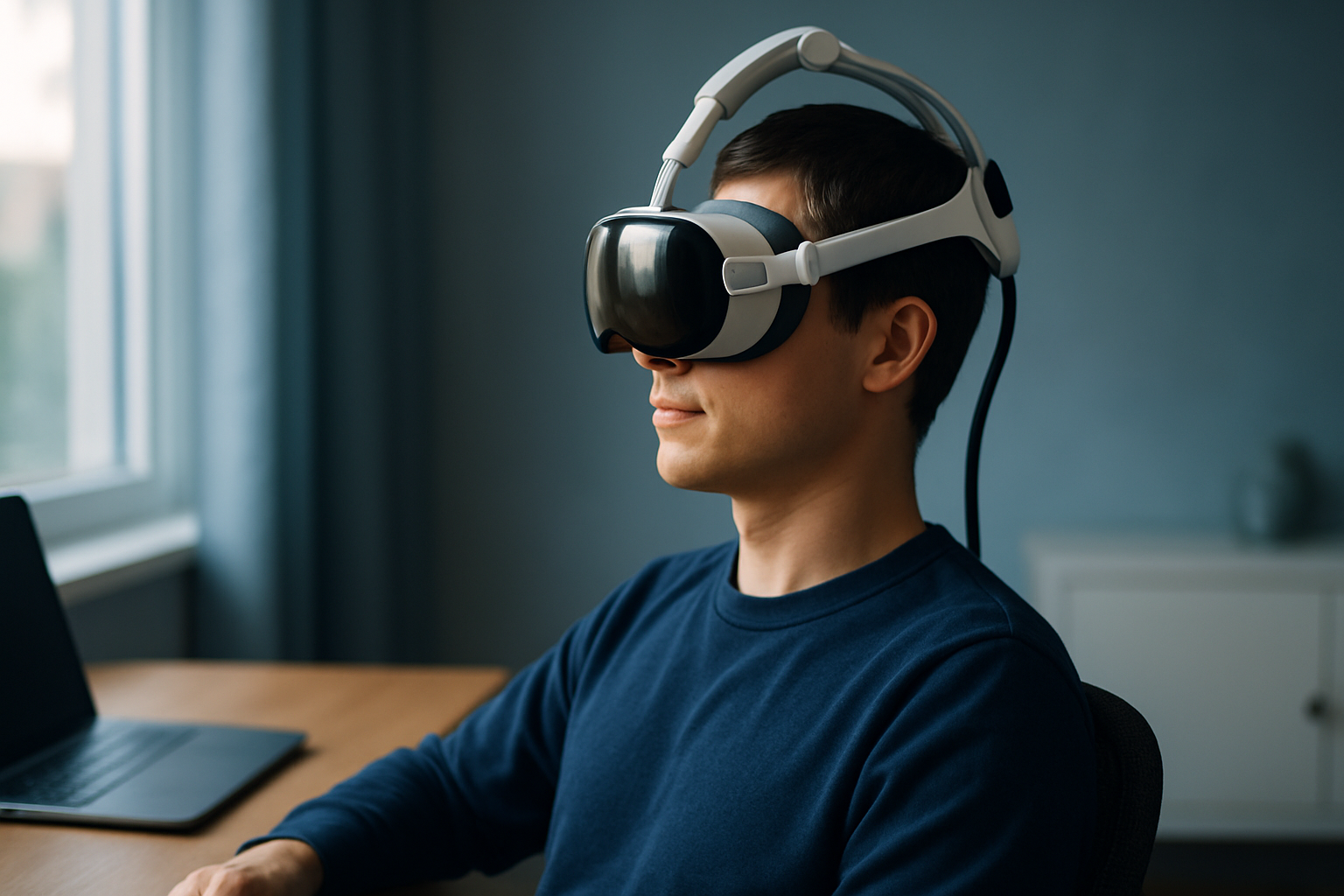
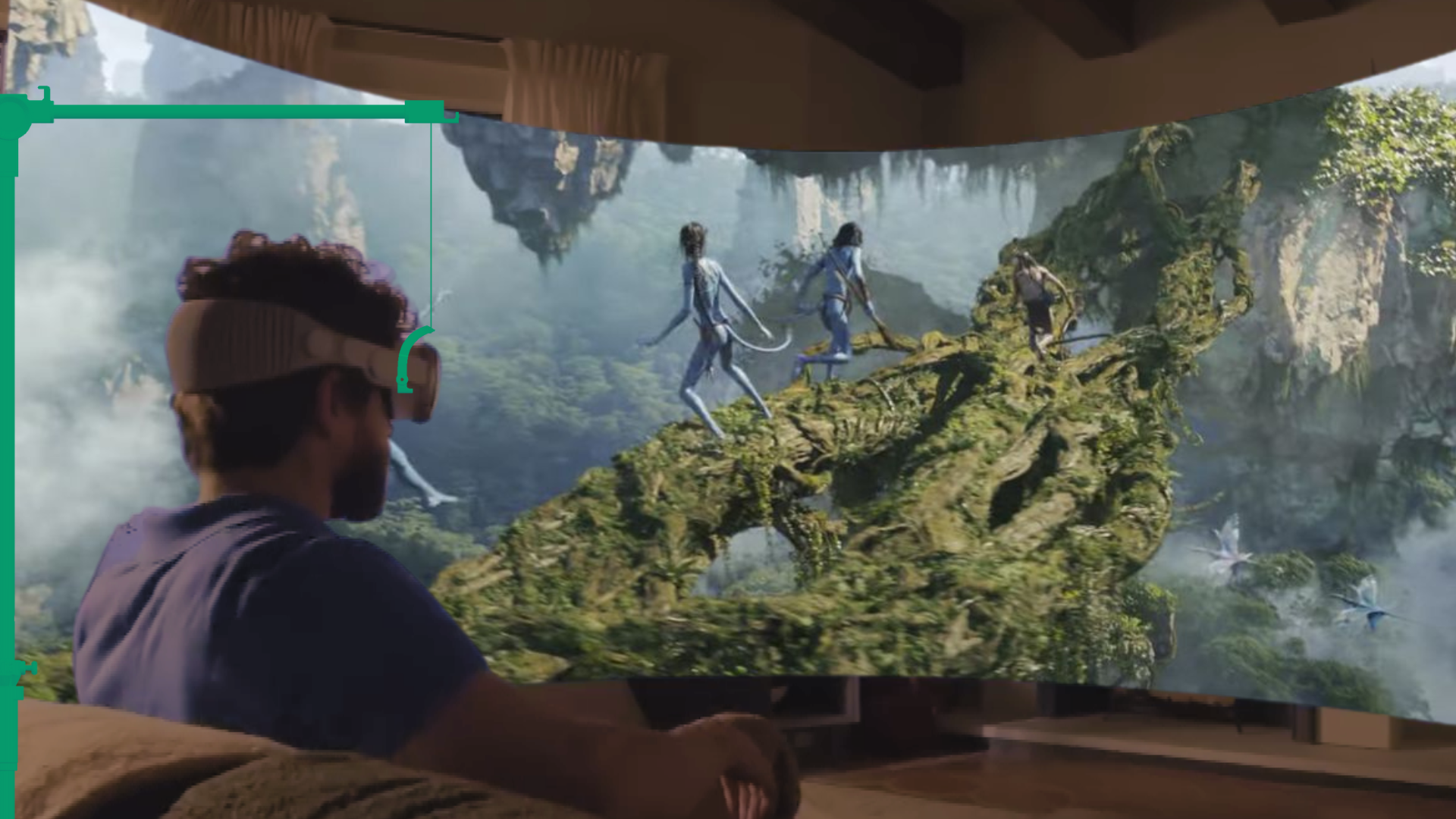
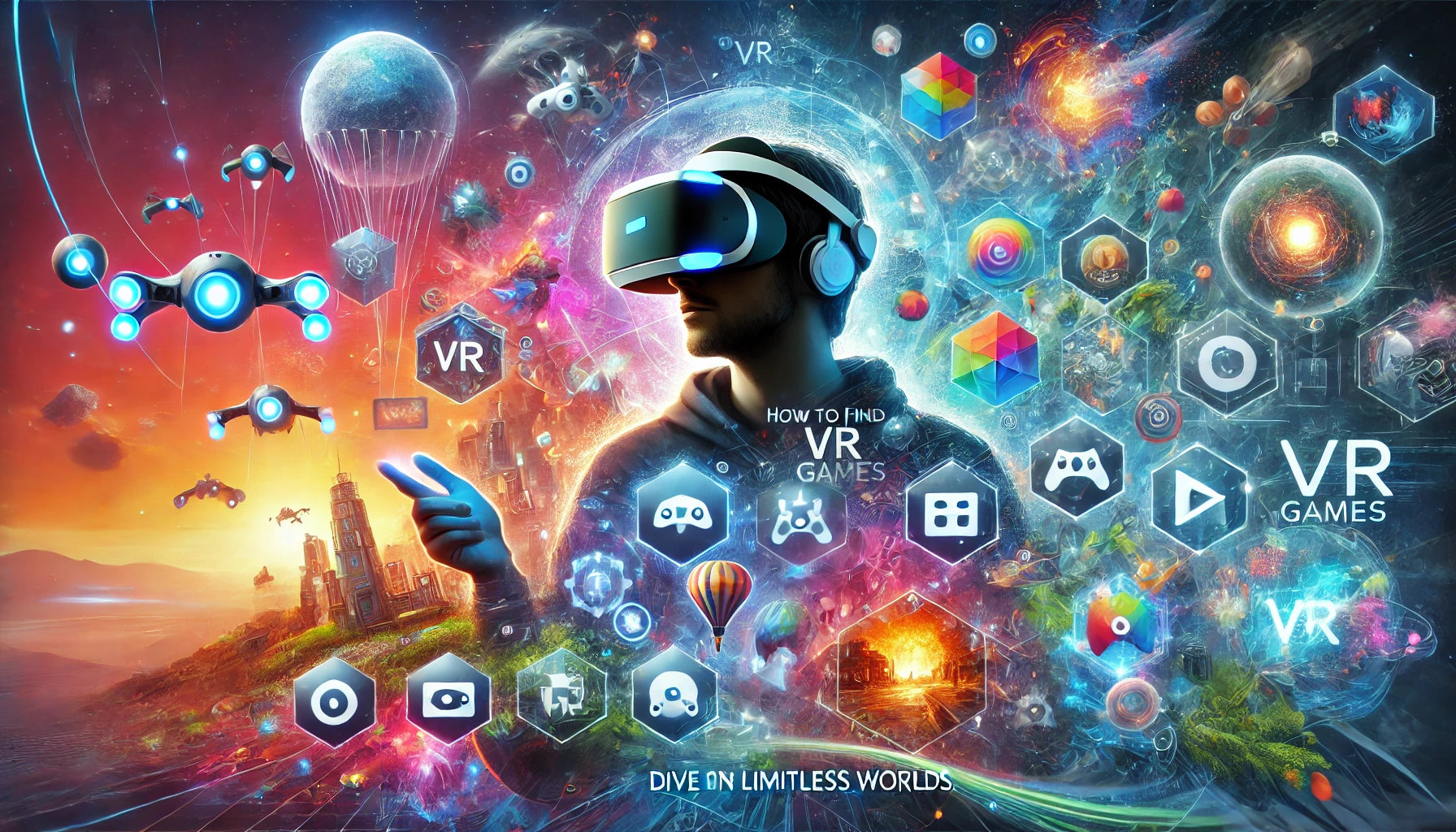
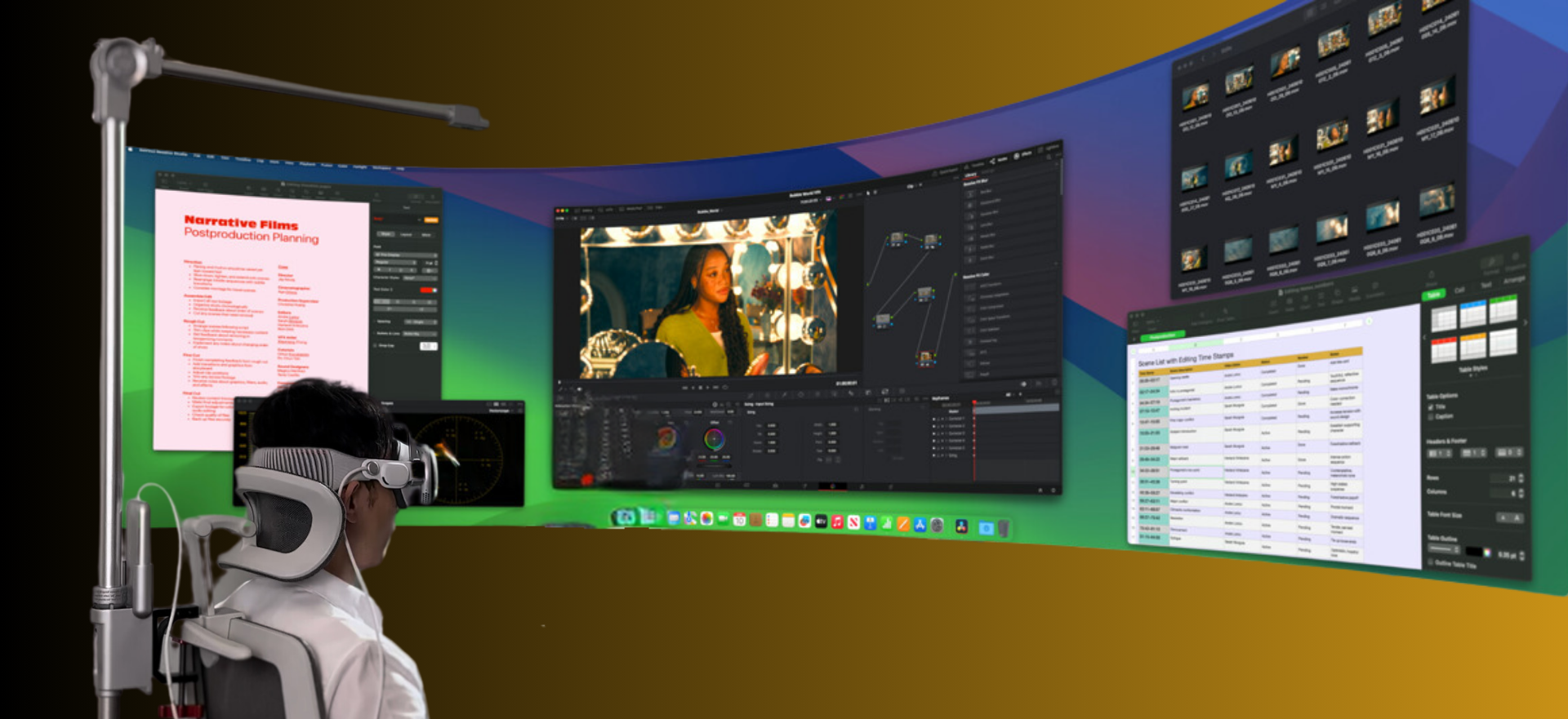
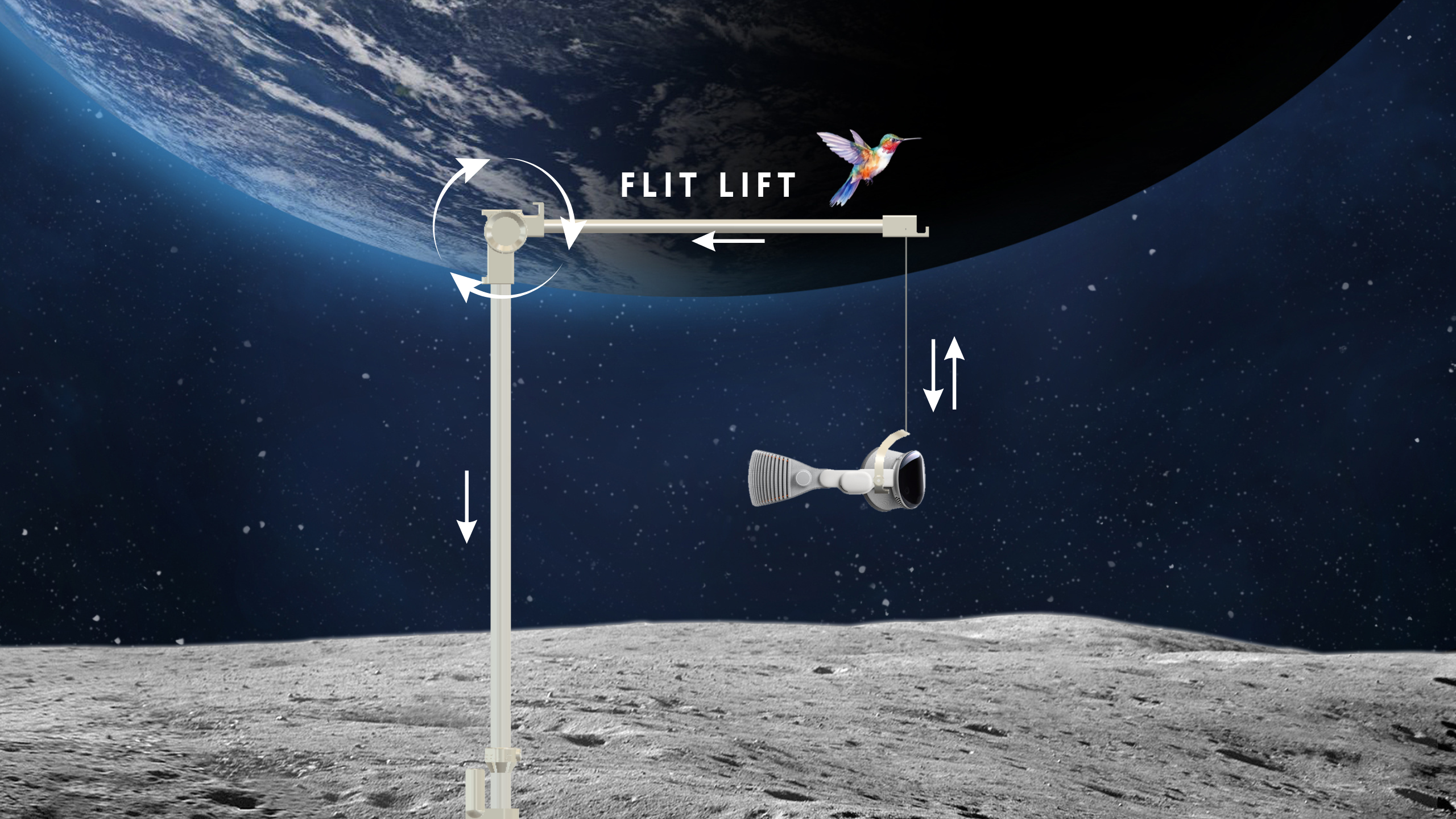
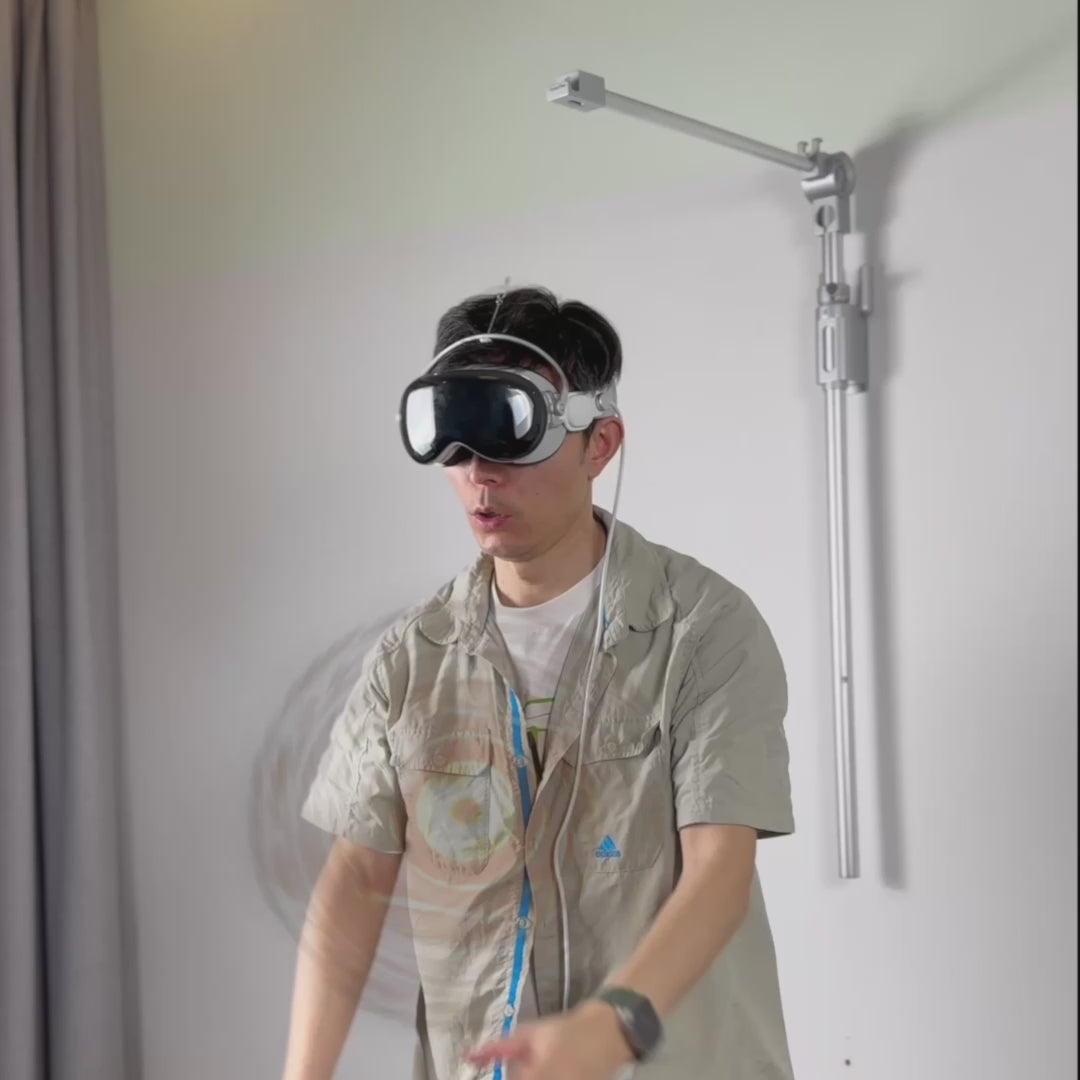
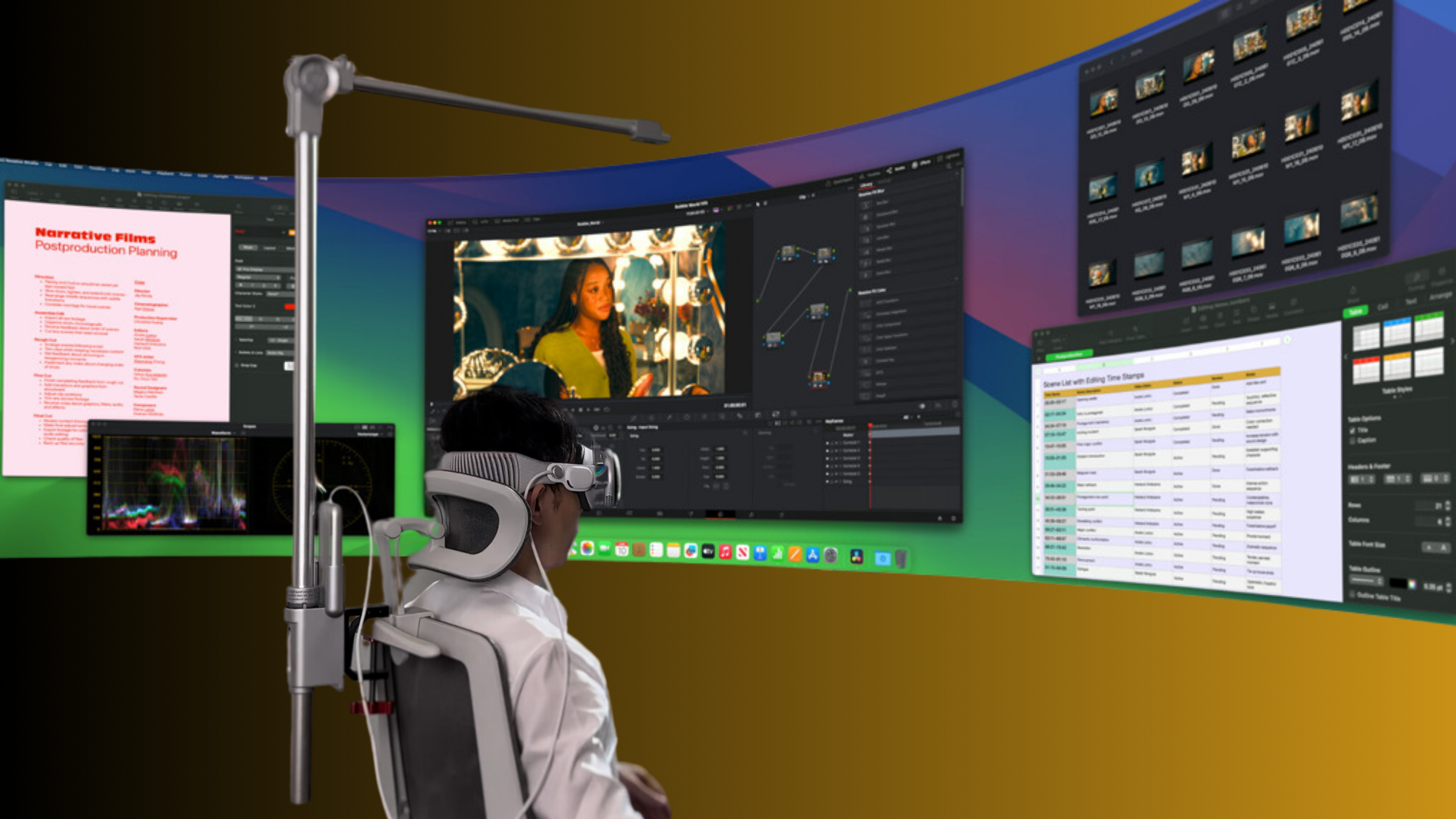

Compartir:
Ergonomic Vision Pro Setups for the Home Office: Healthy Posture for Extended Use
Mastering Weight Distribution for All-Day VR Sessions